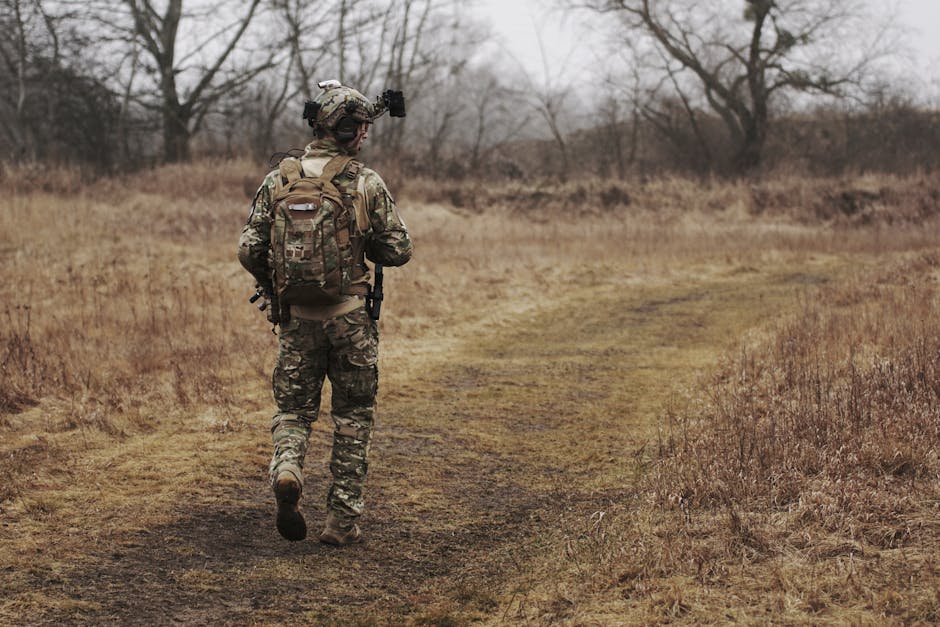‘Trishul’ Tri-Service Exercise Ends, Highlights India’s Military Integration
The recently concluded ‘Trishul’ tri-service exercise showcased India’s advanced integrated combat capabilities, with 30,000 troops from the Army, Navy, and Air Force participating. The week-long drill emphasized joint operations, rapid deployment, and indigenous defense systems, reinforcing India’s preparedness amid regional security challenges.
Key Highlights of the Exercise
Held across Rajasthan’s deserts, Ladakh’s high-altitude zones, and maritime sectors, ‘Trishul’ tested multi-domain warfare strategies:
– Rapid Deployment: Airborne troops airdropped behind simulated enemy lines with fighter jet support.
– Amphibious Assaults: Navy-MARCOS teams executed precision beach landings.
– Network-Centric Warfare: Real-time data sharing via advanced systems for battlefield dominance.
Indigenous Tech Takes Center Stage
The exercise prominently featured Made-in-India systems:
– Tejas LCA and Prachand helicopters for aerial ops.
– Akash missiles for air defense.
– Integration of drones, electronic warfare, and cyber defenses, aligning with hybrid warfare trends.
Strategic Message to Adversaries
Conducted amid northern border tensions and Indo-Pacific maritime assertiveness, ‘Trishul’ signaled India’s multi-front readiness. A defense official stated:
“This exercise proves our armed forces excel in both conventional and asymmetric warfare.”
Future Defense Reforms
Insights from ‘Trishul’ will aid India’s Theatre Commands initiative—a structural shift toward unified tri-service operations. The drill also set benchmarks for interoperability and rapid response in future conflicts.
Conclusion
‘Trishul’ marks India’s progress in military integration and self-reliance, solidifying its role as a key Indo-Pacific defense power.




